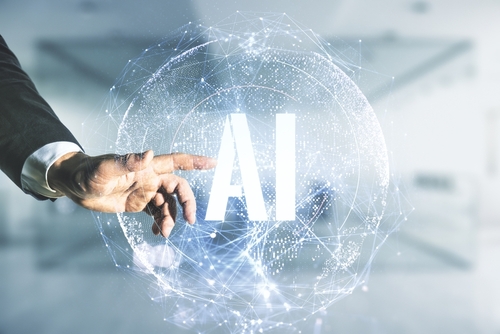There’s a lot of discussion about and concern over artificial intelligence (AI) taking jobs from human employees, and in some cases, that’s a likely scenario. Jobs in customer service, journalism, financial services, and others may be particularly at risk because of the close alignment of those job functions with AI’s abilities.
AI Impact Unclear in Some Sectors
But for many roles, the picture isn’t so clear. Many complex functions may benefit from AI as a productivity booster but still require uniquely human abilities to make use of the AI’s output. For example, an AI program may be able to analyze a complex legal issue or medical condition, but it can’t currently work with a client or patient to determine the best way to use that information.
Human-AI collaboration may represent the future of many job functions, meaning the humans in those roles have a lot of learning to do in order to effectively use their future AI partners.
Human-AI Collaboration
“Here’s the first reality check: Almost every job will have an AI tool that will allow an employee to do their job better, but that requires extensive training,” say Eric Lamarre, Alex Singla, and Suman Thareja in an article for Fortune focusing on the impact of AI on computer coding.
“Effective training starts with understanding how AI is changing the work people do. Our own experiments have shown that using generative AI tools can help reduce time spent refactoring code by 20% to 30% and generating code by 35% to 45%, but speed gains vary by task complexity and the developer’s experience. These tools perform best for relatively repetitive tasks and in providing a starting set of code that developers can work with and improve.”
Coworking
As tasks get more sophisticated, though, AI tools will evolve to serve more as co-programmers, the authors predict. Working with these new tools—generative AI or genAI, for instance—will require new skills.
These include “how to better understand the intent of end users, how to translate that intent into code and test the results with subject matter experts, and how to closely track and rapidly adjust models based on performance.” Users will need to be adept at evaluating the solutions AI tools suggest, as well as understanding which specific tools are best suited for various tasks, alone or in combination.
The example Lamarre, Singla, and Thareja present illustrates an important and complex reality about AI’s future use within organizations. While companies may be able to replace certain functions entirely with AI, other uses may require additional human resources to leverage AI’s full potential.
Lin Grensing-Pophal is a Contributing Editor at HR Daily Advisor.
The post Learning Curve on New Technologies Complicates Employee Obsolescence appeared first on HR Daily Advisor.
